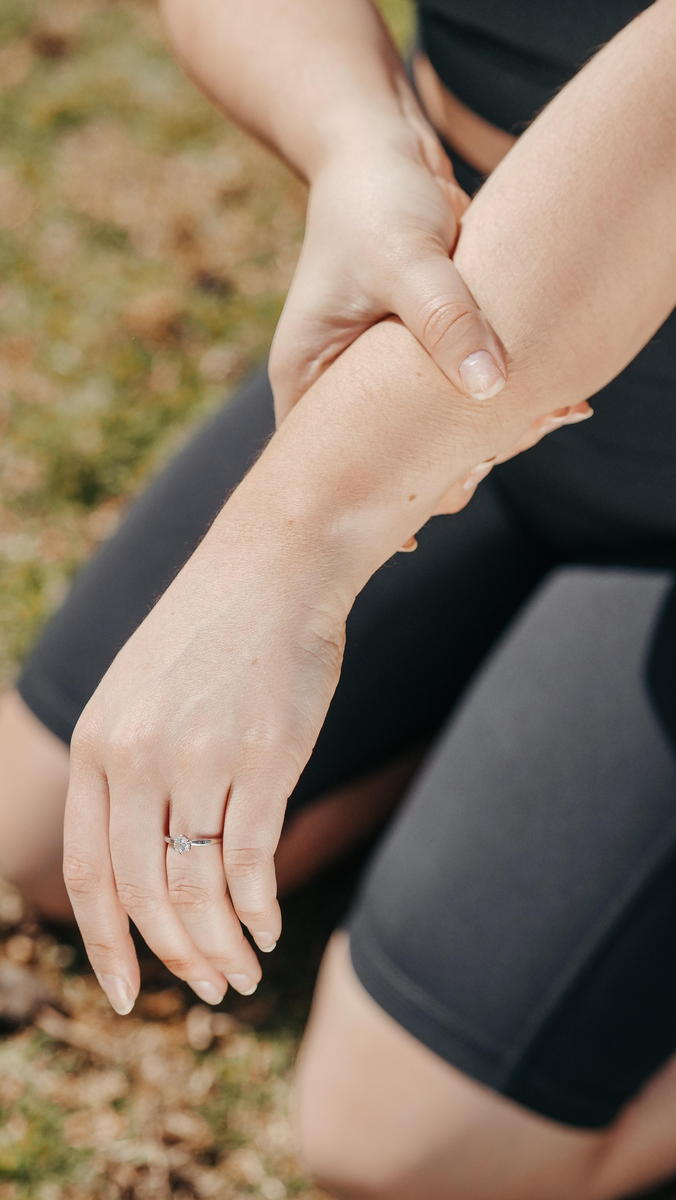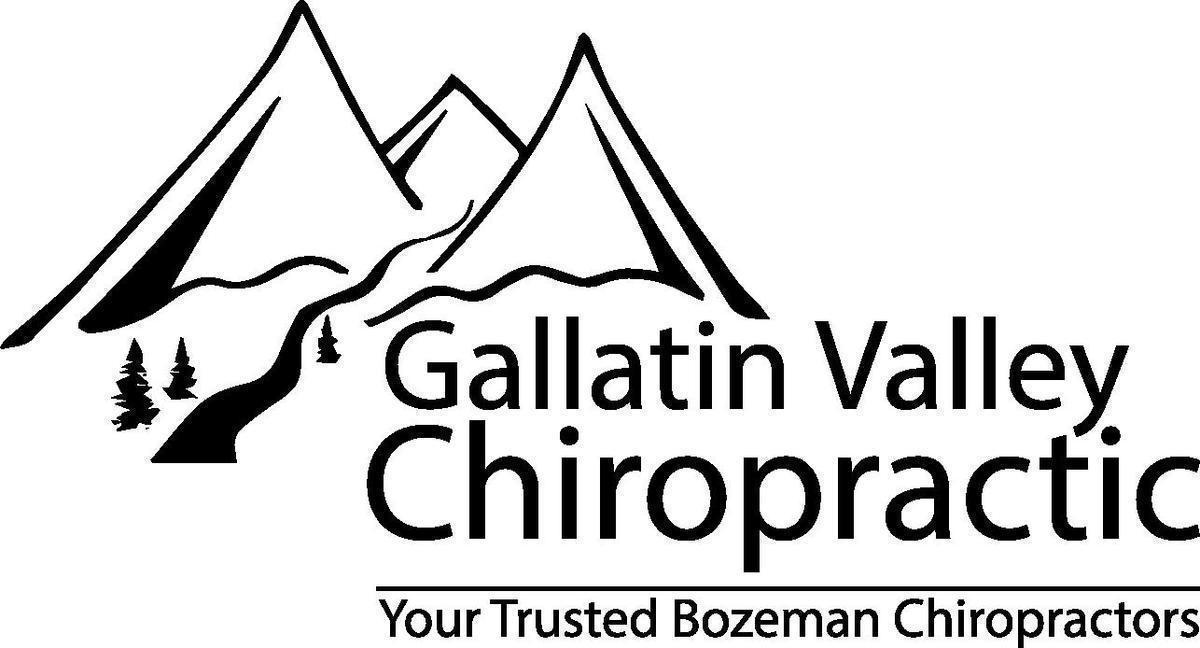How to get out muscle knots on your own
posted: Dec. 22, 2022.

How to get out muscle knots on your own
Knots in muscles are a common problem that affect most people. The nagging, constant pain has folks stretching, massaging, and doing anything they can for relief. What are they? How do they happen? And how can you get rid of them on your own?
What are muscle knots?
- Muscle knots are more scientifically known as myofascial trigger points.
- Trigger points (or knots) are areas of muscle that develop tight bands of muscle fibers and fascia that shorten and cannot lengthen back out.
- This creates a buildup of waste products in the area, such as lactic acid, which causes pain and soreness. This can even create pain that can refer to other parts of the body when pushed on, massaged, or stretched.
What Causes Muscle Knots?
Trigger points can be caused by many things, but most commonly result from chronically tight muscles. Over training or misuse during exercise, or more commonly, strained posture and body position are common causes of chronically tight muscles. This results in micro-tears of muscle fiber. The body responds by increasing blood flow and inflammation to the area which causes pain and swelling in the area.
What can I do to help treat muscle knots?
- The first step to alleviating trigger points is to avoid them in the first place.
- In our practice, the number one cause of trigger points is posture and positional strain.
- Improving workplace habits and ergonomics is the key
- Don't over-train.
- Getting into the gym is great, but allow for supportive care to recover from your workouts.
- The most common way to develop trigger points during training is repetitive motion. Make sure to train both sides of the body, and take time to stretch before and after workouts.
- Hydrate properly – and get some electrolytes!
- One of the reasons that knots can form is an imbalance in electrolytes within the muscle tissue. A deficiency in calcium and magnesium can create spasm that will not relax, causing knots.
- Mixing an electrolyte solution that includes Calcium, potassium, and Magnesium with your water during workouts, and taking a supplement each day can really help!
- Once knots become a problem, interrupting the cycle of tightness is the key to relieving them
- Follow this routine to help solve a pesky muscle knot:
- 1) Heat the knotted tissue. This will help soften the surrounding muscle fibers, increase blood flow to the local area, and soften the collagen fibers around the knot.
- 2) Massage out the waste products that accumulate in knots will help to restore the normal biochemical state within the muscle.
- 3) Finally, stretch the knotted muscle. Lengthening out the shortened, contracted muscle fibers to their normal length is the goal.
Go see your chiropractor!
- Knowing which muscle is knotted, and learning how to stretch it specifically can take some guidance.
- At Gallatin Valley Chiropractic we are highly trained in anatomy, and can show you exactly how to stretch that knot out!
- Getting adjusted at the joints surrounding the knotted area can help to normalize joint movement, which in many cases is a contributor.
What happens if this stuff doesn't work the first time?
- Try it again. Increasing the frequency of your stretching routine might be a good strategy for improving the texture of those tight, knotted tissues.
- Come in and see us at Gallatin Valley Chiropractic! We have additional therapies like dry needling, Graston technique, and Active Release Technique that can help eliminate that knot, and get you on the road to recovery.
To schedule call us at 406-551-2177 or go online to gallatinvalleychiropractic.com
